Dyke Marsh Plants of Late Summer
On August 28, 2021, 18 plant lovers studied the diversity of Dyke Marsh’s plant life, on a Haul Road trail walk led by Alan Ford and Margaret Chatham of the Virginia Native Plant Society’s Potowmack Chapter.
The leaders explained the importance of native plants to the web of life. “It all works together,” said Ford. “When you take out a part, you don’t always know the consequences.” He explained that introduced or non-native plant species that did not co-evolve with native insects and wildlife usually lack native controls, can outcompete native species and typically provide little support for native wildlife.
The leaders pointed out host plants, generally plants which insects need to live on and off of. Some insects only use specific plants and only those. For example, the water hemlocks (Cicuta maculata) near the boardwalk are host plants for the black swallowtail butterfly (Papilio polyxenes). Sassafras trees (Sassafras albidum) and spicebushes (Lindera benzoin) are host plants for the spicebush swallowtail butterfly (Papilio troilus).
VNPS and FODM hosted the walk in memory of Patricia Salamone, an officer in both organizations who passed away on March 19, 2021.
|
The group studied New York ironweed (Vernonia noveboracensis), a plant with magenta flowers. |
Alan Ford pointed out the American bladdernut's (Staphylea trifolia) capsule-like fruits. |
|
Margaret Chatham examined the silky dogwood’s (Cornus amomum) dark blue berries. |
FODM Board member Carolyn Bednarek showed the fallen fruit of a yellow buckeye tree (Celtis occidentalis). |
|
Native grape (Vitas sp.) clusters were in their prime. |
Eastern gamma grass (Tripsacum dactyloides) has male and female parts on the same plant. |
|
Smooth sumac (Rhus glabra) has bright red fruits or drupes that grow in conical clusters. |
The buttonbush (Cephanthalus occidentalis) has ball-like flowers and fruit heads. |
 |
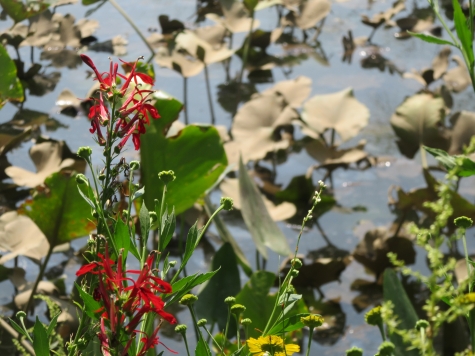 |
| Common dodder (Cuscuta gronovii) is a yellow-orange vine that entwines around its host plant. | A stunning stand of cardinal flowers (Lobelia cardinalis) grows on the shoreline, near spatterdock (Nuphar advena). |
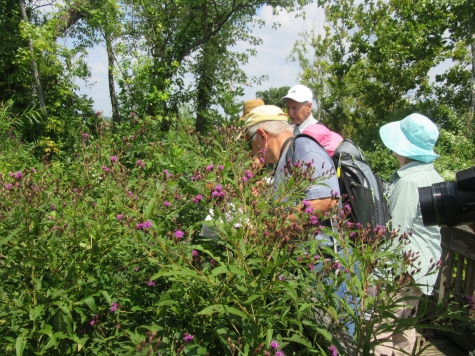
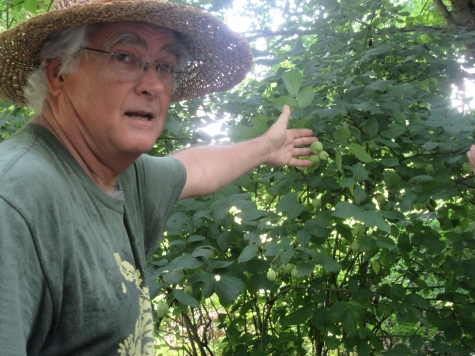
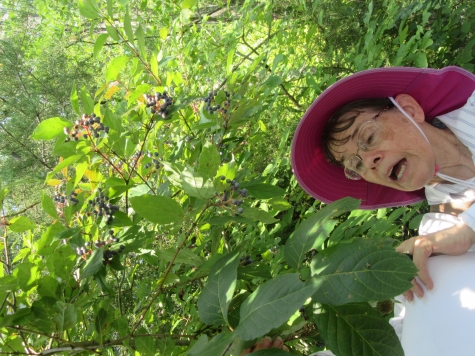
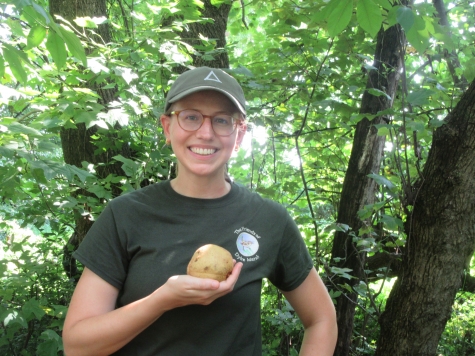

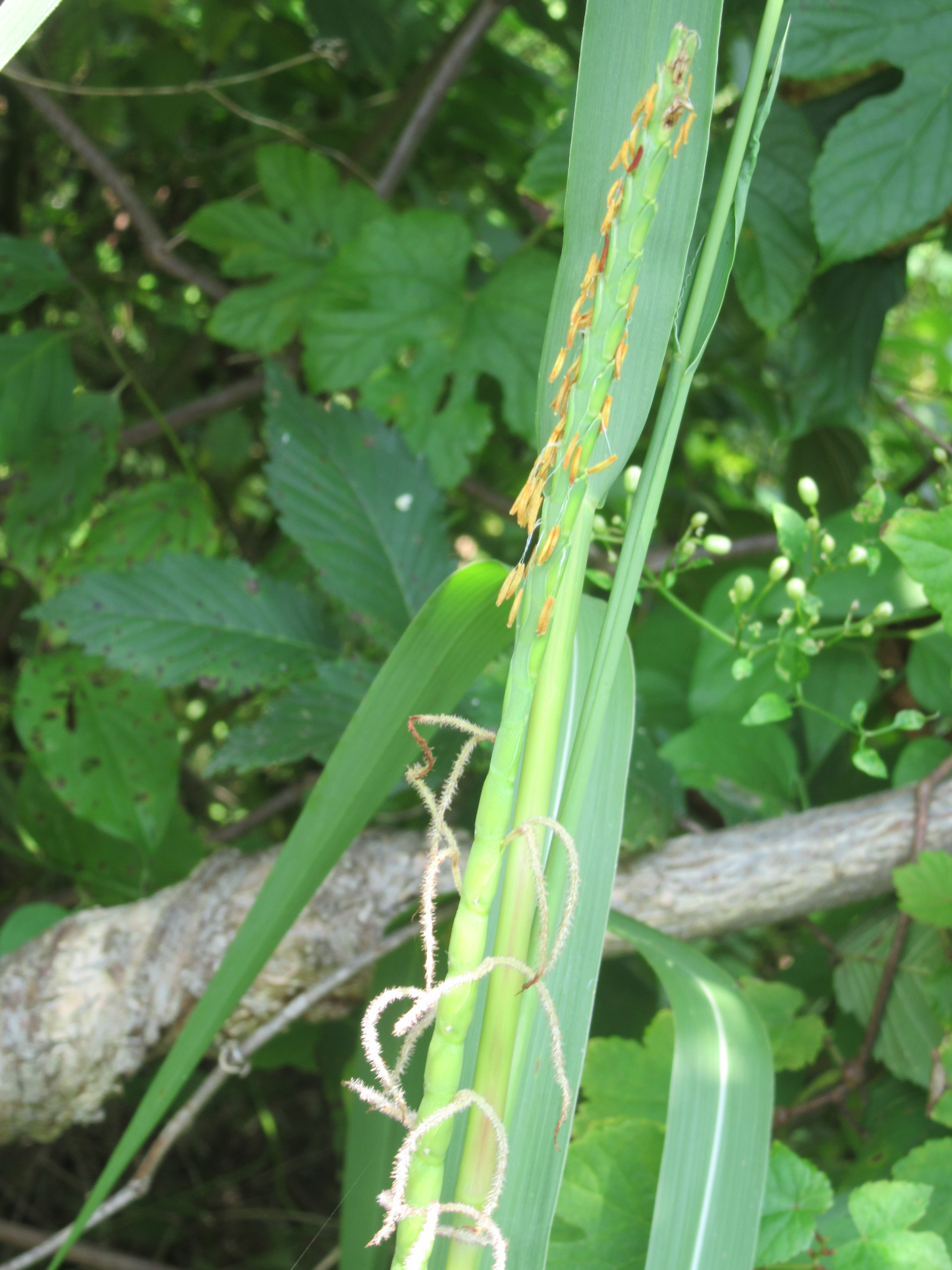

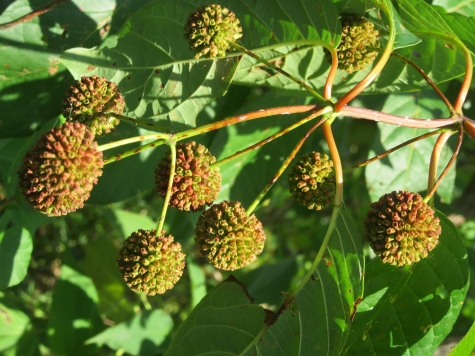

 Friends of Dyke Marsh, Inc. is a non-profit 501(c)(3) organization.
Friends of Dyke Marsh, Inc. is a non-profit 501(c)(3) organization.